Ecology of the Osao Ocean
The Osao Ocean is one of the most ecologically rich locations on the planet, with over twenty million identified invertebrate species, and four million identified vertebrates, ranging from the largest of cetaceans and sharks to the tiniest of sea worms and sea snakes.
Epipelagic Zone
The Epipelagic Zone is the first zone you encounter when diving under the sea's surface. It contains a number of lifeforms, considering all coastal waters fall under this zone. Also known as the Sunlight Zone, anything above 300m below sea level falls under the Epipelagic Zone.Bear Lobster
A sea-surface crustacean, bear lobsters are known for their tremendous sizes and aggression. Swimming at speeds of up to six miles per hour, bear lobsters cling on to large floating kelp beds to conserve energy.Yackadoodle
A large species of sailfish, yackadoodles are capable of jumping up to thirty feet above water. They can reach swimming speeds of up to ninety miles per hour, slicing prey in half in the blink of an eye.Crackle Prawn
A giant prawn species. Crackle prawns swarm the surface in their thousands as soon as they detect a concentration of plankton to consume. When they float to the surface, feeding frenzies follow shortly after.Mohawkfish
A small tropical fish species found around the coastlines of northern Ecela, mohawkfish have a large sail wrapping around from their mouths to their tails. They are a territorial species when nesting and fight to the death over their eggs.Rippled Batfish
Found buried underneath shallow sands of coastlines, rippled batfish are highly venomous. When they spot prey, they will shoot out from under the sand and inject a venom from their back spines.Mesopelagic Zone
The Mesopelagic Zone is the second zone encountered in the ocean. It sits between 300 and 1000 metres below sea level. It is considerably darker than the Epipelagic Zone, but nevertheless sunlight reaches the entire Zone. The water in the Mesopelagic Zone is warmer than the Epipelagic Zone thanks to the presence of pyroplankton which heats up the water.Oceanic Lime Shark
A massive shark species. Lime sharks are completely docile, consuming mass amounts of pyroplankton. Pirate residents on Osao hunt lime sharks for food, as just a single shark can grow up to twenty metres in length.Firehead
A small fish species with a hole in their dorsal fin. Fireheads are named after their colouration, making them stand out in the tropical waters. Fireheads are popular in aquariums and are one of the most recognisable fish species.Cacaras Snail
A small seasnail species. Cacaras snails sit on the backs of large marine animals, detaching themselves when they find their food source: kelp. They only live for a week, and during that week they can eat up to two hundred kilograms of kelp.Star Crab
A large crab species. Star crabs can be found on seabeds in this Zone, where they gather in their millions, swarming over carcasses of behemoth animals. They are named afte their star-shaped cephalothorax and their bioluminescence, glowing red, orange, and yellow.Mackel
Mackels are a genus of fish in the family Scombridae, alongside mackerel, tuna and bonitos. Due to the expansiveness of their environment, they can grow up to ten metres in length, swimming up to a hundred miles per hour.Bathypelagic Zone
The Bathypelagic Zone is known as the Midnight Zone on most planets. On Osao, it is referred to as the Illuminated Zone. This entire zone is dominated by luminous kelp, which grows so thick it blocks any kind of sonar, and for a while slimes thought the ocean floors stopped here. This is the lowest Zone that industrial slime fishing rods can reach.Long-Necked Porpoise
A large cetacean species that hunts in small packs. Long-necked porpoises have false eyes; in their place is an organ used for detecting slight movements in the water, so prey can be easily detected. The porpoises will then circle its prey and all dive in at once, ripping it apart with their small mouths.Urchinfish
Urchinfish have a disproportionately large mouth compared to their body. They are a rare species and have only been documented by slimes a handful of times. Of those times slimes have found urchinfish they were reeled in too fast and the change in pressure, killing them before they made it to the surface.Luminous Kelp
The most dominant kelp species in this Zone, anywhere where the seabed sits within the Bathypelagic Zone luminous kelp grows. The kelp supplies food for every single species in this Zone, forming the foundations of each and every food web.Gnashing Temperfish
Another species only known from select individuals reeled up, gnashing temperfish lack any sort of skeleton. It is theorised they are somewhat related to slimes themselves, but diverged millions of years ago when slime ancestors left the oceans to pursue a land-based life.
Because of this, gnashing temperfish are not actual fish.
Luminous Kelp Mimic
It is unsurprising that a creature arose to mimic the kelp, given its abundance. The kelp mimic is a species of octopus that uses its tentacles and bulbous body to appear as kelp stubs, either sitting upside down on the seabed or attaching itself to existing kelp. Industrial fishing nets often catch these, and are a delicacy among slimes and pirates.Abyssopelagic Zone
The Abyssopelagic Zone is the largest Zone between 4,000 and 10,000 metres below the surface. It is easily the most biodiverse Zone, with countless unique biomes found nowhere else in any other ocean.Lighter Anglerfish
These anglerfish are capable of starting small underwater fires with their esca. This esca is a shell containing pyroplankton which the fish collects over its lifetime, and at a certain point they are able to vibrate the esca so much it sets on fire.Flower Garden Jellyfish
A perplexing cnidarian, flower garden jellyfish spend their whole lives upside down, although one could claim that jellyfish have no "upside down". Their bells sit on the sea floor and their tentacles dangle upwards, waiting for innocent creatures to wander through seeking refuge from predators.Titan Sakara Shark
Named after the city Sakara, only one of this species has ever been found. It was discovered on a beach in Sakara, bitten in half, the remaining corpse already thirty metres long. The titan sakara shark's bones have been turned into a museum artifact.Iplahhanm
A mysterious species, iplahhanmes are mammals. These animals are a biological anomaly itself, as no mammal should ever logically be able to survive more than several thousand metres below sea level. Iplahhanmes are closest related to bats, in an order all by itself.
They have never once been seen by a slime, but are seldom seen by pirates in their fishing journies within open oceans.
Sunbird Fish
Possibly the largest fish species ever discovered on the planet, sunbird fish can reach a total diameter of fifty metres. They have a circular physique similar to sunfish, with bright yellow and orange scales.
Due to their slow swimming speeds they are prey to a number of predators that hunt in packs to overpower such enormous animals.
Hadalpelagic Zone
The Hadal Zone is anything below 10,000 metres below sea level, usually trenches. These trenches are full of complex lifeforms, many endemic to these environments that cannot physically survive outside of this Zone, due to the intense pressure they're adapted to.Horse Octopus
These cephalopods are named as such thanks to the neighing sound produced when they propel through the water. In the family enteroctopodidae, horse octopi reach an arm length of over three metres.Cottonball Anemone
Cottonball anemones are the largest anemone species on the planet, reaching twenty metres in length, not including their tentacles. They provide homes for cottonball crabs, an identical symbiotic relationship to clownfish and anemones native to planet Earth.Tea-Leaf Blenny
The only deep-sea blenny species on Osao, tea-leaf blennies have a tea-leaf shaped body. They rarely grow more than a centimetre in length, feeding on the abundance of pyroplankton in the environment.Benthic Rainbow Worm
This species of bobbit worm convergently evolved alongside rainbow worms. They are much smaller, only growing to a hundred metres in length, sitting dormant within small trenches in large swarms, darting upwards whenever an animal worthy of consumption swims past.
Slimes unfortunately came across this species when sending an automated submarine down into the Carawin Trench. The submarine made it to the entrance of the trench, but upon entering it was crushed by the gaping maw of an adolescent benthic rainbow worm.
Echinops
Scientists have argued for the past hundred years whether or not to classify echinops as a sophontic species. These starfish have fully-functioning brains, something no other echinoderm on the planet, or even solar system, has.
In 936 scientists in Kittman's City recieved signals over ten thousand metres down, in a trench just a hundred metres off the coast. Due to the Bathypelagic Zone they were unable to send sonar signals back, so they sent a submarine camera down to take photos, quickly identifying the species. Since then, scientists have closely observed the species and are close to settling on whether or not this species is sophontic.


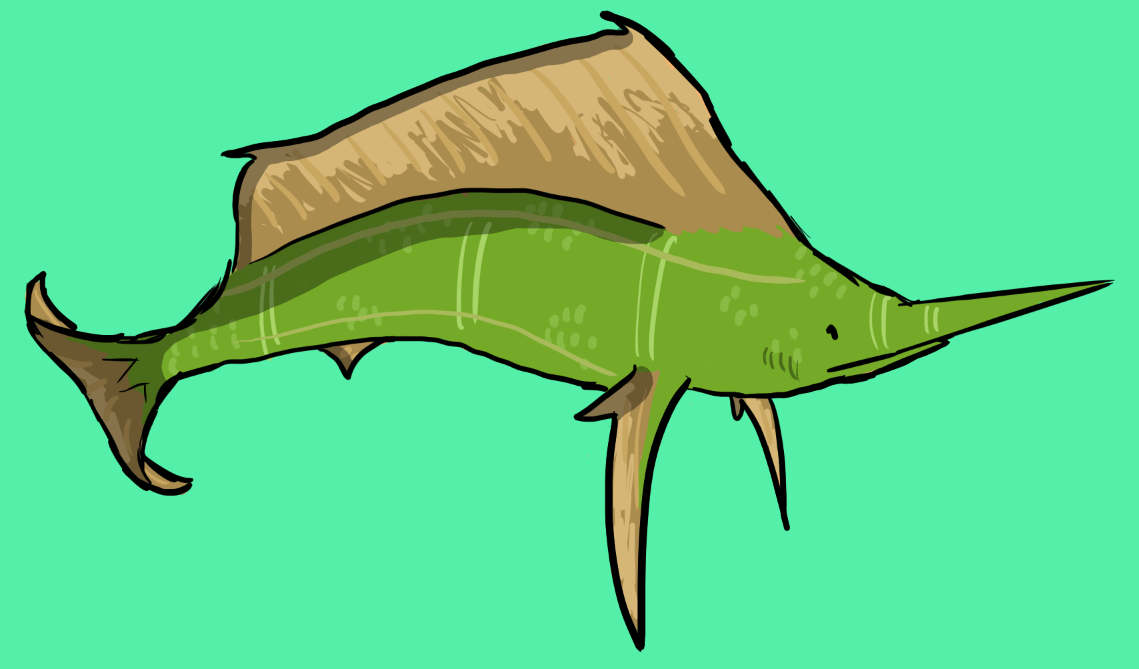
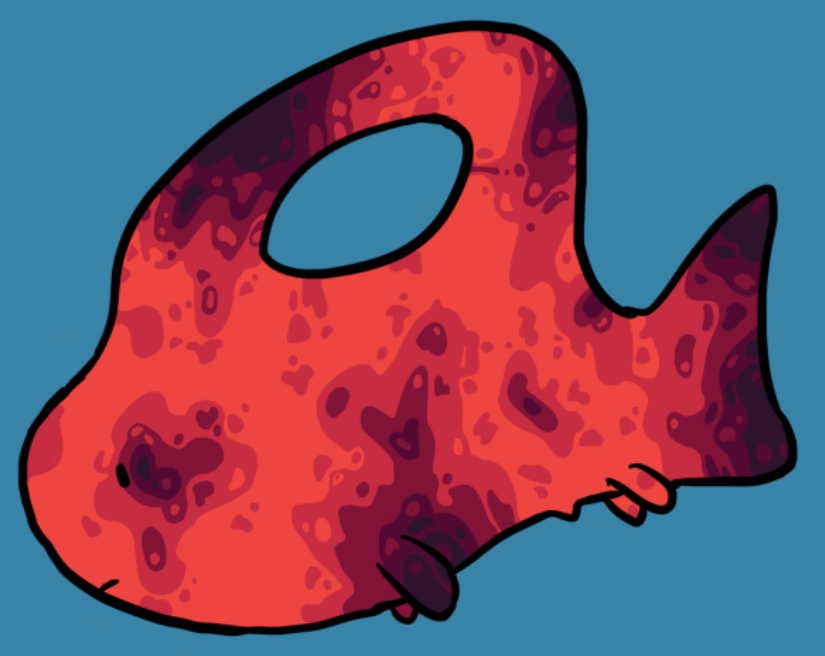
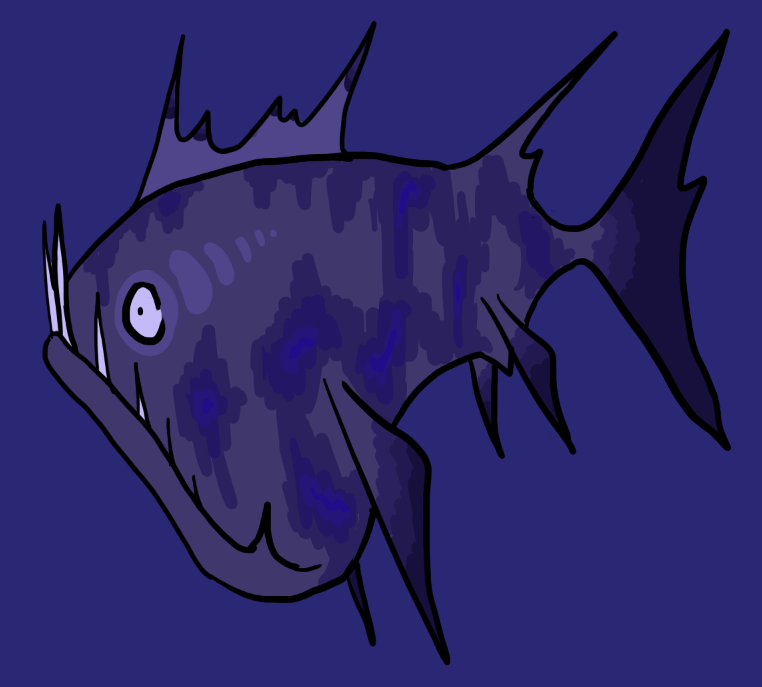
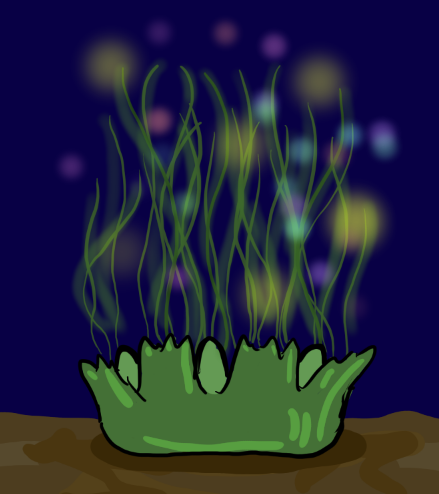
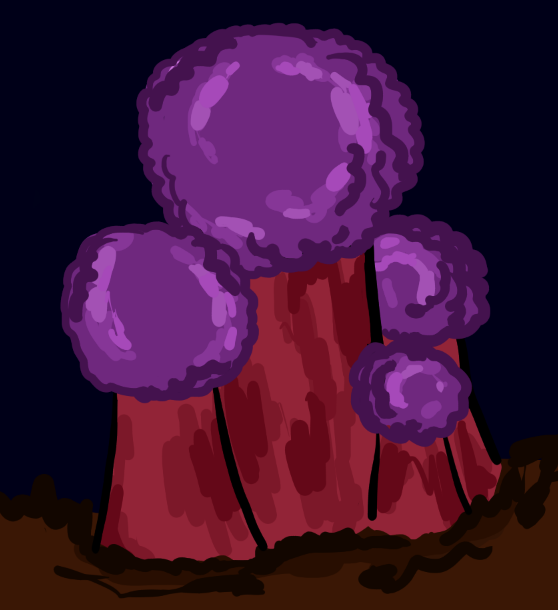



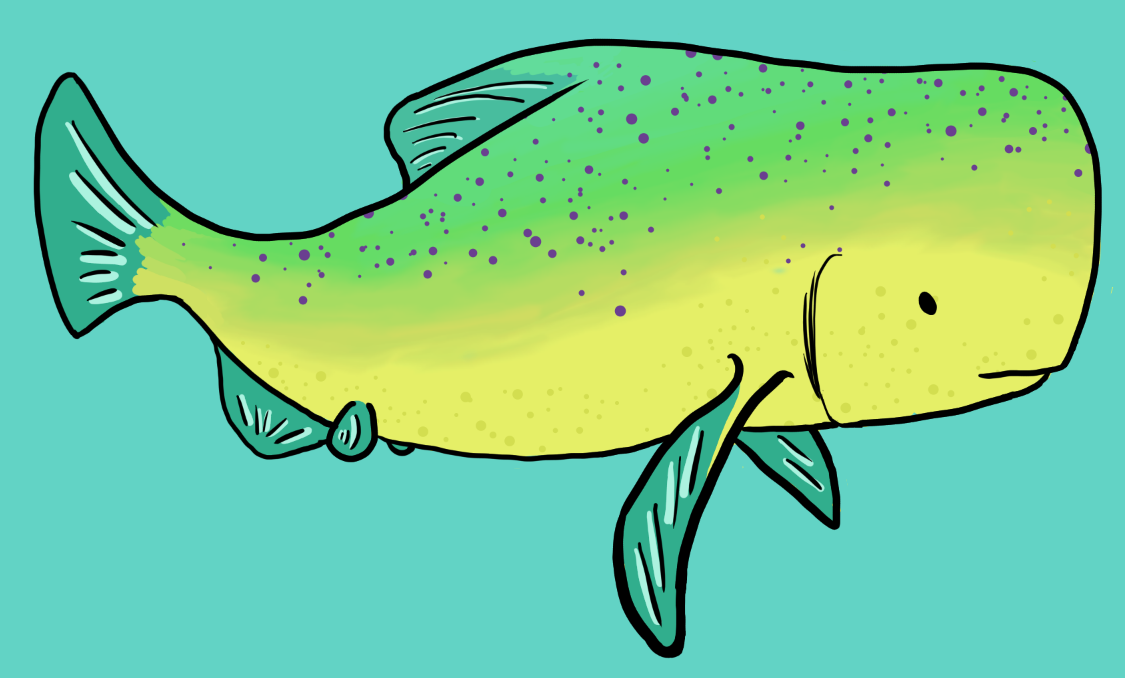
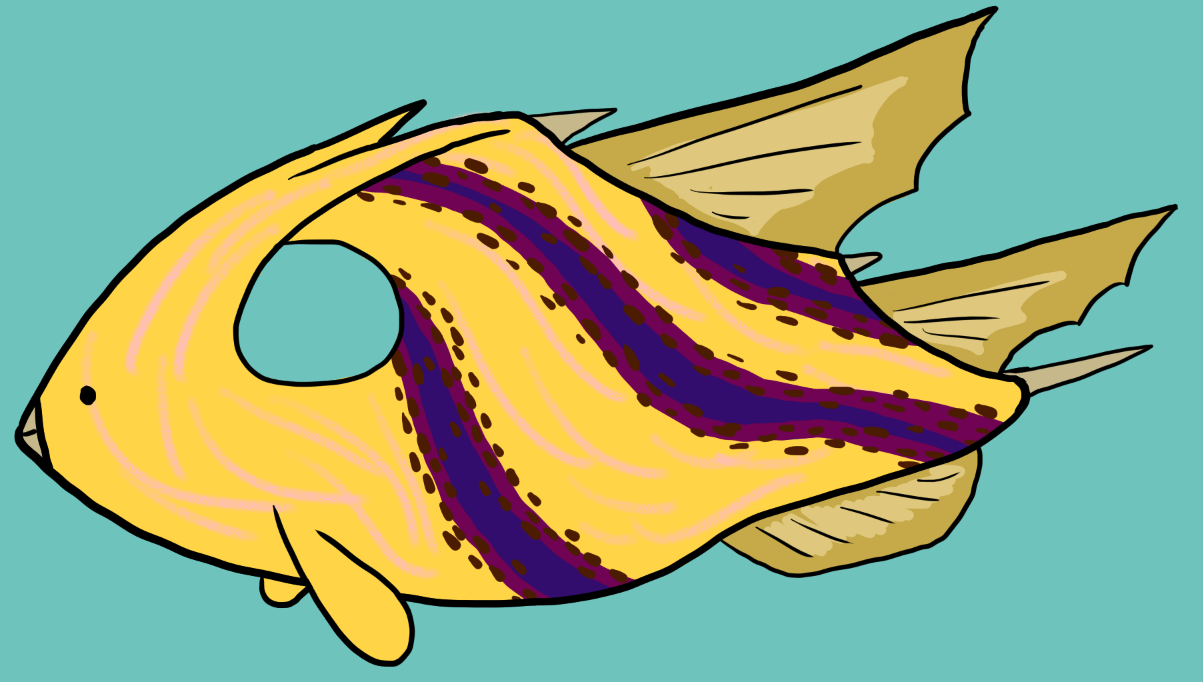

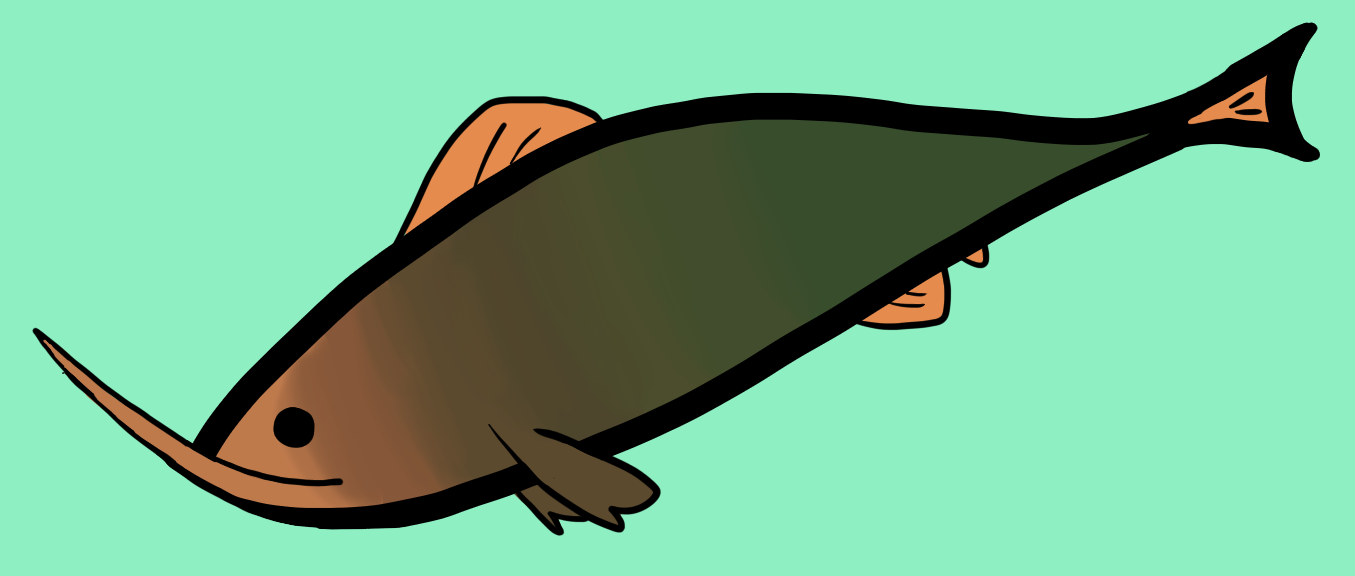

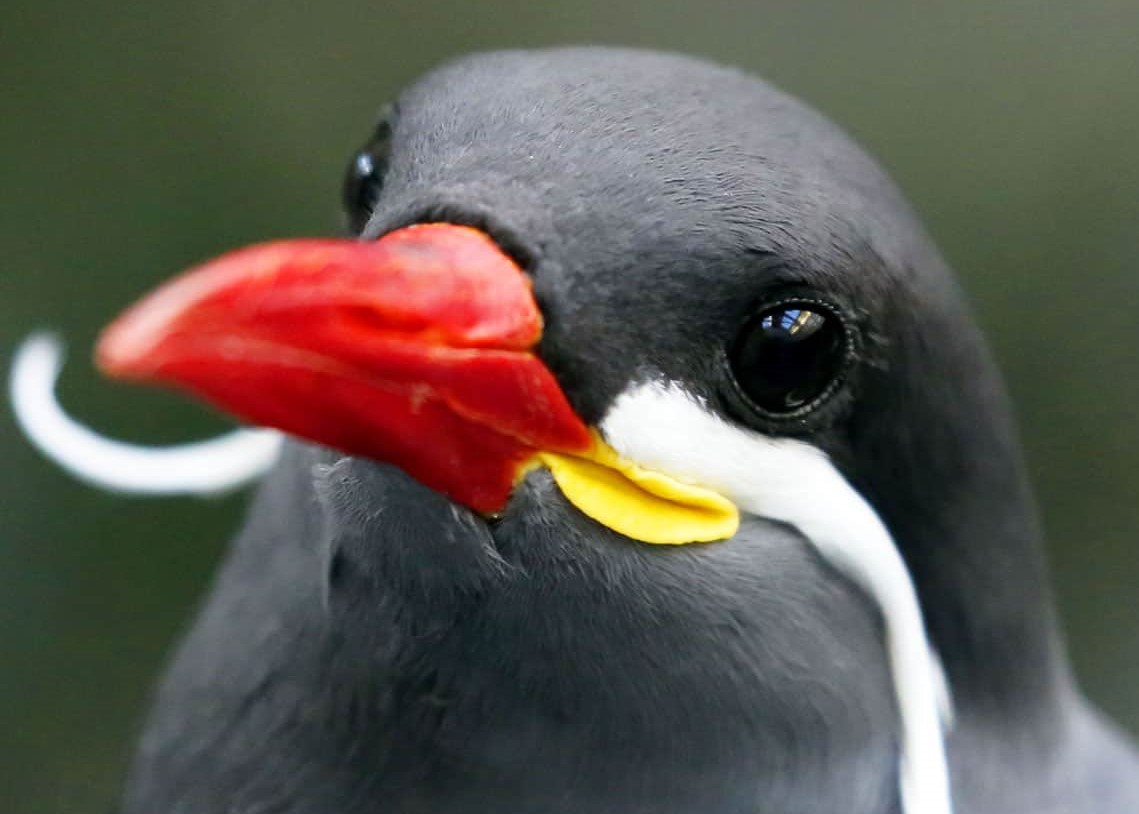

Many, many new species, I'm looking forward to your drawings and the detailed articles ;-)
Thank you so much! I plan on writing some articles on individual species soon <3